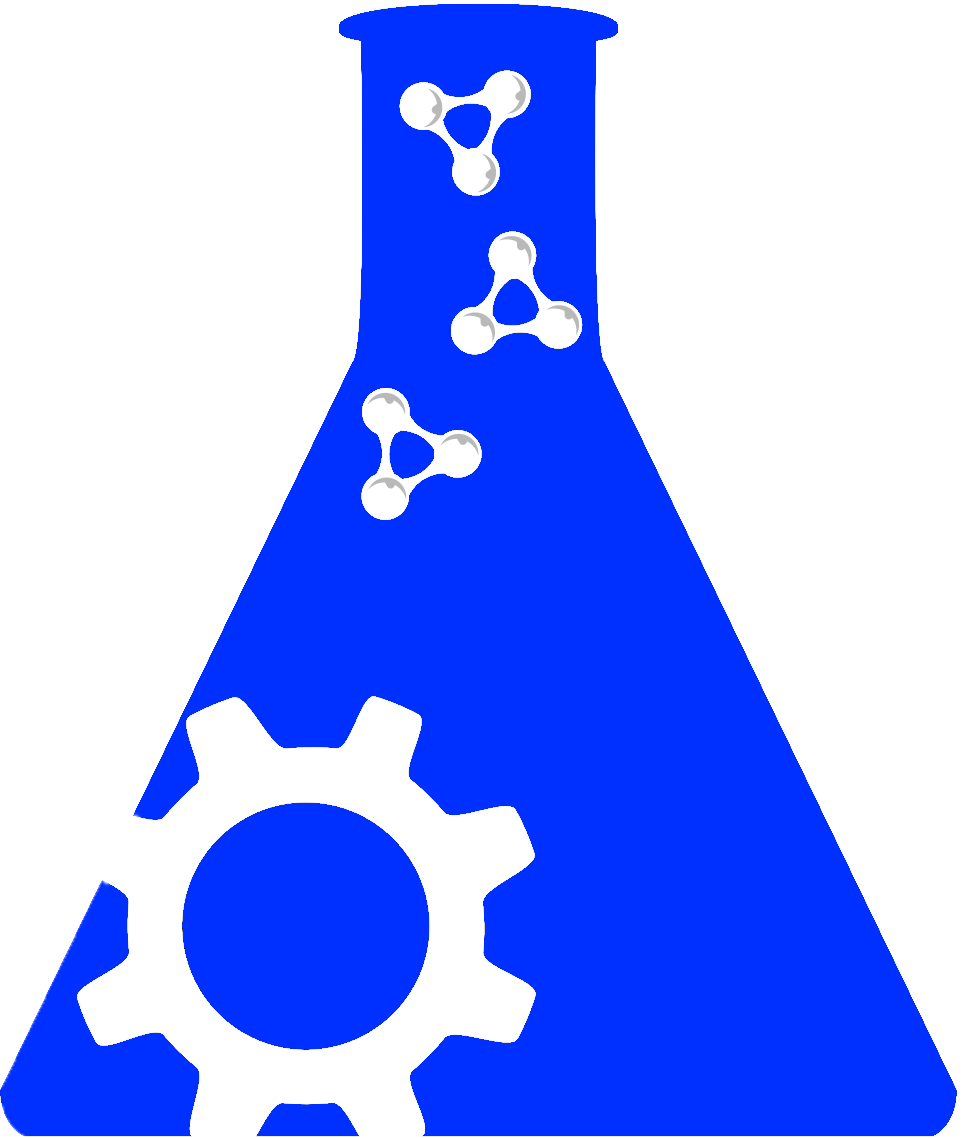X
X
Leaving Community
Are you sure you want to leave this community? Leaving the community will revoke any permissions you have been granted in this community.
No
Yes
X
Total 473 Results
| Identifiers |
Sentence |
Structure 1 | Structure 2 | Relation Type | Reference URL | |||||
|---|---|---|---|---|---|---|---|---|---|---|
|
View |
PMCID: PMC3317215
Sentence ID: 3943490 Relation ID: 3943493 |
The middle segment traverses the tympanic cavity, and the third section is located in submandibular fossa, extending from tympanic cavity to the junction with the lingual nerve. | tympanic | lingual nerve | topological-connectivity | https://www.ncbi.nlm.nih.gov/pmc/articles/PMC3317215 | 0.878023 | pmc_oai_202111 | ||
|
View |
PMCID: PMC3317215
Sentence ID: 3943484 Relation ID: 3943489 |
Many nerves such as the chorda tympani, nerve of the pterygoid canal, and parts of the facial nerve are hidden within the bony tissue of the human head and are difficult to dissect and expose without decalcifying the specimens first. | chorda tympani | facial nerve | topological-connectivity | https://www.ncbi.nlm.nih.gov/pmc/articles/PMC3317215 | 0.993671 | pmc_oai_202111 | ||
|
View |
PMCID: PMC3317215
Sentence ID: 3943480 Relation ID: 3943483 |
Gray's Anatomy [17] describes the chorda tympani nerve arising from the facial nerve about 6 mm above the stylomastoid foramen. | chorda tympani nerve | facial nerve | topological-connectivity | https://www.ncbi.nlm.nih.gov/pmc/articles/PMC3317215 | 0.891979 | pmc_oai_202111 | ||
|
View |
PMCID: PMC5499390
Sentence ID: 3943528 Relation ID: 3943531 |
Therefore, we assumed that using dental floss or traditional wooden brush might lead to stimulating trigeminal nerve endings under the gum epithelium, which in turn, leads to stimulating the vagus nerve through the above-mentioned reflex. | trigeminal nerve | vagus nerve | topological-connectivity | https://www.ncbi.nlm.nih.gov/pmc/articles/PMC5499390 | 0.993039 | pmc_oai_202111 | ||
|
View |
PMCID: PMC6158973
Sentence ID: 3943754 Relation ID: 3943757 |
The superior laryngeal nerve, recurrent laryngeal nerve, and parathyroid glands should be identified and protected. | superior laryngeal nerve | recurrent laryngeal nerve | topological-connectivity | https://www.ncbi.nlm.nih.gov/pmc/articles/PMC6158973 | 0.607913 | pmc_oai_202111 | ||
|
View |
PMCID: PMC6773956
Sentence ID: 3943870 Relation ID: 3943873 |
These cases were good candidates for the suggested techniques as mastoid pathologic changes did not exist, and the traumatic lesions were localized to the tympanic segment of the facial nerve. | tympanic | facial nerve | topological-connectivity | https://www.ncbi.nlm.nih.gov/pmc/articles/PMC6773956 | 0.471743 | pmc_oai_202111 | ||
|
View |
PMCID: PMC8292735
Sentence ID: 3943907 Relation ID: 3943910 |
The approach to the tympanic cavity was performed by means of the standard antromastoidectomy followed by posterior tympanotomy with preservation of the facial nerve canal and the chorda tympani. | facial nerve | chorda tympani | topological-connectivity | https://www.ncbi.nlm.nih.gov/pmc/articles/PMC8292735 | 0.680755 | pmc_oai_202111 | ||
|
View |
PMCID: PMC5184786
Sentence ID: 3944024 Relation ID: 3944027 |
Although is it generally thought to be a consequence of an inflammatory process targeting the diaphragm [38] or the phrenic nerves [39], one study reported normal or near-normal diaphragm contractility in nine out of 12 patients with the syndrome, assessed using phrenic nerve stimulation [40]. | phrenic | phrenic nerve | topological-connectivity | https://www.ncbi.nlm.nih.gov/pmc/articles/PMC5184786 | 0.496808 | pmc_oai_202111 | ||
|
View |
PMCID: PMC4491910
Sentence ID: 3944100 Relation ID: 3944103 |
E–G: Double fluorescence for Mini-Ruby and galanin-IR in the descending intracerebral part of the contralateral facial nerve (E); the axotomized, ipsilateral facial nerve (F); and the ipsilateral spinal nucleus of trigeminal nerve (G, isntn). | facial nerve | trigeminal nerve | topological-connectivity | https://www.ncbi.nlm.nih.gov/pmc/articles/PMC4491910 | 0.967261 | pmc_oai_202111 | ||
|
View |
PMCID: PMC4491910
Sentence ID: 3944104 Relation ID: 3944107 |
E-G: Double fluorescence for Mini-Ruby and galanin-IR in the descending intracerebral part of the contralateral facial nerve (E), the axotomised, ipsilateral facial nerve (F), and the ipsilateral spinal nucleus of trigeminal nerve (G, isntn). | facial nerve | trigeminal nerve | topological-connectivity | https://www.ncbi.nlm.nih.gov/pmc/articles/PMC4491910 | 0.985837 | pmc_oai_202111 | ||
|
View |
PMCID: PMC5564189
Sentence ID: 3944176 Relation ID: 3944179 |
The maxillary nerve, the second main branch of the trigeminal nerve, exits from the cranium through the foramen rotundum and crosses the pterygopalatine fossa anterior to the lateral pterygoid plate, and enters the orbit through the inferior orbital fissure. | maxillary nerve | trigeminal nerve | topological-connectivity | https://www.ncbi.nlm.nih.gov/pmc/articles/PMC5564189 | 0.99207 | pmc_oai_202111 | ||
|
View |
PMCID: PMC6323042
Sentence ID: 3944183 Relation ID: 3944186 |
The chorda tympani is a sensory branch of the facial nerve that is involved in taste on the anterior two-thirds of the tongue. | chorda tympani | facial nerve | topological-connectivity | https://www.ncbi.nlm.nih.gov/pmc/articles/PMC6323042 | 0.983693 | pmc_oai_202111 | ||
|
View |
PMCID: PMC6134665
Sentence ID: 3944393 Relation ID: 3944396 |
Efferent nerves are vagus nerves and central fibers of the phrenic nerve, whereas afferent nerves are phrenic nerves and intercostal nerves that can reach the diaphragm nerve of the diaphragm, glottis, and other respiratory muscles. | vagus | phrenic nerve | topological-connectivity | https://www.ncbi.nlm.nih.gov/pmc/articles/PMC6134665 | 0.961876 | pmc_oai_202111 | ||
|
View |
PMCID: PMC3607987
Sentence ID: 3944498 Relation ID: 3944501 |
The lingual nerve conveys taste fibers from the chorda tympani, which innervates taste buds of the tongue, and iatrogenic nerve injury may cause loss of gustatory sensation in some cases. | lingual nerve | chorda tympani | topological-connectivity | https://www.ncbi.nlm.nih.gov/pmc/articles/PMC3607987 | 0.98421 | pmc_oai_202111 | ||
|
View |
PMCID: PMC4170216
Sentence ID: 3944504 Relation ID: 3944507 |
Specifically, the lesion was found to involve the stapes and the area of the tympanic portion of her facial nerve, which runs above the footplate of the stapes. | tympanic | facial nerve | topological-connectivity | https://www.ncbi.nlm.nih.gov/pmc/articles/PMC4170216 | 0.986233 | pmc_oai_202111 | ||
|
View |
PMCID: PMC7306215
Sentence ID: 3944629 Relation ID: 3944633 |
Schmidt reported that the aortic nerve was either (1) a separate nerve adjacent to the vagus, or (2) projected from the nodose ganglion adjacent to the superior laryngeal nerve, traveling alongside the vagus for a short distance, and then looping back into the vagus (1968). | nodose ganglion | superior laryngeal nerve | topological-connectivity | https://www.ncbi.nlm.nih.gov/pmc/articles/PMC7306215 | 0.611988 | pmc_oai_202111 | ||
|
View |
PMCID: PMC7306215
Sentence ID: 3944635 Relation ID: 3944638 |
The cervical vagus extended from the nodose ganglion caudally, and the ESL and ISL projected from the nodose ganglion medially to the esophagus. | vagus | nodose ganglion | topological-connectivity | https://www.ncbi.nlm.nih.gov/pmc/articles/PMC7306215 | 0.737626 | pmc_oai_202111 | ||
|
View |
PMCID: PMC8427009
Sentence ID: 3944774 Relation ID: 3944779 |
Speech and swallowing deficits can be caused by nerve palsies of one or more of the following cranial nerves: the trigeminal nerve (C.N. V), facial nerve (C.N. VII), glossopharyngeal nerve (C.N. IX), vagus nerve (C.N. X), accessory nerve (C.N. XI), and hypoglossal nerve (C.N. XII) (Costa, 2018). | facial nerve | glossopharyngeal nerve | topological-connectivity | https://www.ncbi.nlm.nih.gov/pmc/articles/PMC8427009 | 0.972485 | pmc_oai_202111 | ||
|
View |
PMCID: PMC8427009
Sentence ID: 3944774 Relation ID: 3944778 |
Speech and swallowing deficits can be caused by nerve palsies of one or more of the following cranial nerves: the trigeminal nerve (C.N. V), facial nerve (C.N. VII), glossopharyngeal nerve (C.N. IX), vagus nerve (C.N. X), accessory nerve (C.N. XI), and hypoglossal nerve (C.N. XII) (Costa, 2018). | trigeminal nerve | facial nerve | topological-connectivity | https://www.ncbi.nlm.nih.gov/pmc/articles/PMC8427009 | 0.988971 | pmc_oai_202111 | ||
|
View |
PMCID: PMC4793137
Sentence ID: 3944804 Relation ID: 3944809 |
The gland is innervated by both myelinated and unmyelinated fibers arising from the trigeminal nerve, the facial nerve, and sympathetic innervation from the superior cervical ganglion [5]. | facial nerve | superior cervical ganglion | topological-connectivity | https://www.ncbi.nlm.nih.gov/pmc/articles/PMC4793137 | 0.757728 | pmc_oai_202111 |

